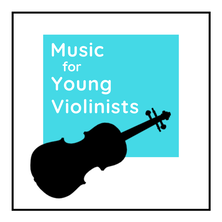|
Are Too Many Toys Bad for Kids? According to the article "Too Many Toys are Bad for Children," written in 2017 by Sarah Knapton, science editor of The Telegraph, the average child in Briton has 328 toys but only plays with 12 of them. This statistic reveals that kids use less than 4% of their toys and suggests that we are not wisely investing in our children. Furthermore, research done at the University of Toledo confirms that too many toys for kids can damage their potential and lead to decreased focus and less imagination. I have many remarkable young people in my life and have given cheap disposable gifts. It's hard not to because I love gifting, and we live far away, so spending time together (especially in a pandemic) is difficult. However, when I really think about my values, this is not aligned with building focus, encouraging imagination, nurturing inherent gifts, and fostering meaningful relationships. There are many ways we can invest in children to encourage higher levels of development and foster our values. When I was a toddler, one of my relatives purchased stock in his company for me. Twenty years later, when I was ready to play on a high-quality violin, this investment had continuously grown in value over the years and was waiting for me to be used on something that has now been used and appreciated almost daily for over two decades. Had my relative used that money on a toy, I would have no recollection of the toy today, no resources to purchase a fine instrument and pursue my violin performance degrees, and nothing to pass along to the next generation in my family. As I search for a way to close the gap between my values and actions with the gifts I give to the children in my life, I wanted to share these thoughts to confirm what many of you already know - fewer toys are better for children. I hope this spurs a conversation on using our resources to best support the amazing young people in our lives. Below is a short list of ways to do this: 1- Tickets to live performances.
2- Pay for a month of their violin tuition, or sponsor a youth to attend a summer music institute. 3- Buy a new violin case (or music stand, shoulder rest, etc. There are some super creative rosins available for reasonable prices and will make great gifts). 4- Make a practicing counter (click HERE to learn more). 5- Purchase toys that can be used for generations (like wood blocks).
3 Comments
Have you ever received advice from a teacher that may work for everyone else but would end your (or your child's) violin career? We live in the information age where everyone seems to have an "expert" opinion about what is best. However, that does not mean that it is the "best" for your unique situation. Learn how to evaluate what is best for your (or your child's) practicing needs with this blog and video post explaining the importance of context. 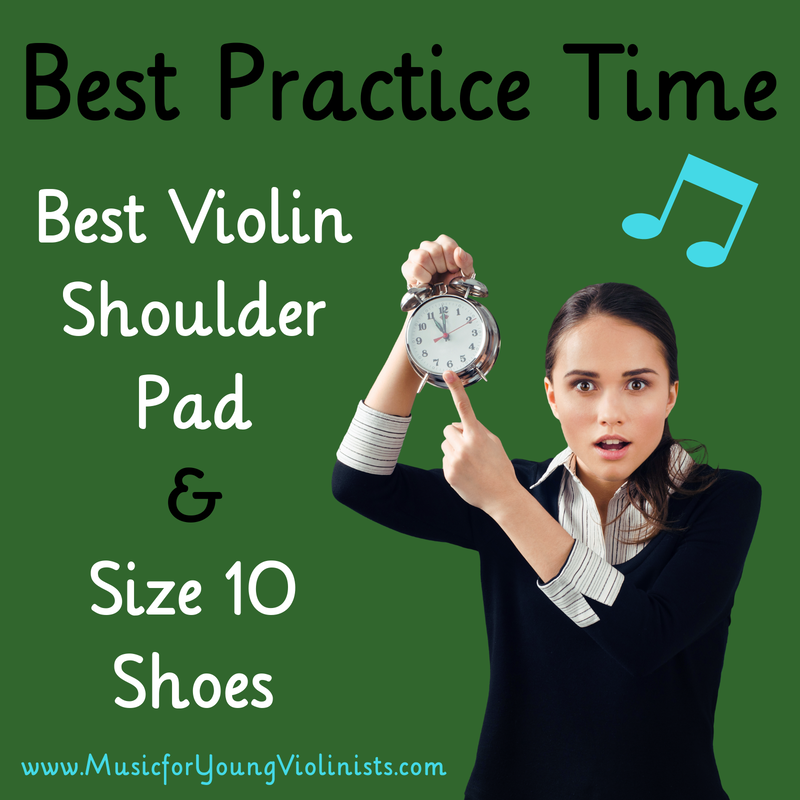 Everything in this world exists in context including when to practice and what shoulder pad to use. Here I share my favorite metaphor about why size ten shoes are the best size to explain the importance of context and how to evaluate what is going to be the best formula for your (or your child's) violin practice needs. I felt that if I was going to do a series on practicing, which in itself asserts that I have an expert opinion on the subject, that it would be insincere to publish these posts/videos without adding the balancing view that this contribution to the practicing series adds: Life exists in context. What exactly do I mean by this? I think most violin teachers would agree that practicing in the morning is the optimal time to practice - the mind is fresh, the daily responsibilities have not accumulated yet (for either parent or child). Also, by practicing first thing in the morning, you achieve the triumphant feeling of having accomplished something of significance at the start of the day which empowers a young person to proceed confidently through the rest of their day. However, I know that more than one person reading this would assert that practicing first thing in the morning would be the kiss of death for their child or student because it would lead to negative power struggles as the child works against their delicate circadian rhythms resulting in defeat for all parties involved. Morning practice routines are just one example of many that we as adults have to consider in context when teaching the violin to young children. Other areas that come to mind are shoulder pads, chin rests, repertoire sequencing and musical genres. Keep the concept of context in the back of your mind when working with young musicians to help best support them in their journey learning the violin. I love spreading inspiring ideas to violin teachers that help you bring out the best in your students and thrive in the heartfelt work you do. I created a new page here on the Music for Young Violinists project called "Things I Love" as a resource list to share with you things that I have used in my violin teaching over the years and had success with. Some of the items listed here are things that have stood the test of time and worthy of praise such as my Korg metronome which has been dropped 100 times in 15 years, rarely needs a battery replacement and still works fine. Other resources may be lesser known products worthy of spreading the good word about like the Poly-Pad shoulder sponge. This page will be growing on a regular basis so please check back soon. Featured on “Things I Love” is Helping Parents Practice (Ideas for Making it Easier) Volume 1 by Edmund Sprunger. This is HANDS DOWN my favorite resource to use in supporting parents practicing with their children. I appreciate this book so much that I have practically underlined every sentence in my copy because it is so clarifying and poignant. Sprunger combines decades of experience teaching Suzuki violin with his formal training in psychology to offer wise and compassionate perspectives that will elevate a parents understanding of why their child is responding or behaving in a certain way. He also offers solutions that are effective and healthy for addressing these specific situations. The book is divided into sections by practice topic and then further broken down into 2-5 page solutions for specific scenarios that a parent would encounter while helping their child practice. This concise organization was done with the busy teacher/parent in mind and makes it an especially convenient tool because you can look up your immediate situation without having to read an entire book. Thank you Ed and please let us know when Volume 2 is available. Learn more about Ed Sprunger and his resources HERE. To celebrate this new page we are giving away Ed Sprunger’s new book: Building Violin Skills: A Set of Plans Designed to Help Parents and Children Construct Positive Practices. To enter, just list one “Thing You Love” for your teaching and music making in the comments below. Winner will be chosen at random at the end of the month.
Thank you to TakeLessons.com for including me in this neat infographic.
Summer music programs were a highlight of my childhood and now that I am a violin teacher I see first hand how they powerfully impact the students in my studio. Concentrated environments like a summer music institute (or camp) provide a synergistic effect with multiple influences coming together in a special location, intense schedule and within a community of like minded individuals. It is no wonder why a student is able to so easily achieve breakthroughs with this type of support. I asked a mother-daughter duo from my studio to write about their experience doing a summer institute last year. Reflections from Joanne (Violinist) Age 13: Northwest Suzuki Institute was a wonderful experience for me! I learned so much not only about just Suzuki music but much more! This year NSI was for one week and every day I had seven classes to attend. My first class was Instrument Care in which I learned a lot about how to take care of my instrument and make it last longer! In this class there were a lot of "hands-on" activities a like changing your own string on your instrument! The class was taught by Rafael Videira. I liked him a lot and thought that he had a great sense of humor which makes everything a lot more interesting! My next class was my Group Class which was taught by Shelley Rich. She is very energetic and makes the music we play together very fun! At NSI there are various group classes depending on your level. My next class was Fiddle Class. Fiddle Class was taught by Gail Acosta, and I loved the way she made the music work for everyone of different ages! After Fiddle Class I had my Masterclass. Everyone at the camp is required to take a Masterclass everyday. In my Masterclass my teacher was Lillie Manis. Masterclass was nice because It was only with a couple of kids (in my Masterclass there were three kids including me) so we each get one-on-one time to work on our most polished piece and the technical things within it! It's like a mini lesson! My last class of the day is the Rhapsody Orchestra. There were two orchestras this year and I was placed in the Rhapsody Orchestra. The instructor was Dr. Dijana Ihas. She was amazing and before I went to NSI, Ms. Heather told me that she was very talented, nice, but strict. At the camp I found out that all those were true. I very much recommend Dr. Ihas because she was very professional and took every minute of out time very seriously! We got a lot done in four days and were able to preform our piece, the Hungarian Dance No. 5, like professionals! Overall I feel that NSI was the best thing that I have done this whole summer! To be honest I was a little nervous before the camp, but when I went, I quickly adjusted because everyone there is very nice and creates an environment for you so you feel like everyone cares. The only thing that can create a little inconvenience for the parents that work in the summer is that parents have to stay with their child the whole day or ask another parent to be responsible for the child. Northwest Suzuki Institute is just really worth it and I recommend it to all and I am very positive that I will go back again next year! Reflections from Hong (Mother of Joanne)
I am writing to express my high level of satisfaction and enthusiastic support for the NSI string camp my daughter Joanne attended this summer. The camp was well organized and had an exceptional professional music staff, and was executed in a friendly, competent manner. Joanne thoroughly enjoyed the experience and benefited from it immeasurably. Everyday, Joanne participated in a group lesson, a master class, orchestra practice and other music enrichment classes where she learned how to care for her instrument and fiddle music. The classes are split into different levels for violinists so that the kids can get the most out of the experiences. Our favorite part of the camp is the master class where Joanne and two other kids work with one teacher on violin techniques. Although she had been playing violin for almost five hours during the day, she was still very excited to practice the assignment she got from the master class. The teacher uses simple pieces from earlier books to help Joanne improve her violin position, bow holding, and arm movements. It's surprising for me to see how much she grew within a couple of days. She left the camp charged to continue improving her technique throughout the year. She has also made a lot of friends. Some of them live in Eugene (Oregon). Others came from California and even Canada. I myself have learned so much from the parent class, interacting with other parents who are equally crazy about music, and from getting to know my daughter and her music. It is truly a very unique family experience that we have already made the decision to come back to explore further next year. |
Categories
All
Archives
February 2024
AuthorHi! It's me, Heather. I absolutely love working on the Music for Young Violinists project and all the many facets: blogging, website, music, teaching materials, freebies, videos, newsletter and giveaway contests. The best part is connecting with you so feel free to drop me a line. You can learn more about me on the "ABOUT" page. Thanks! |
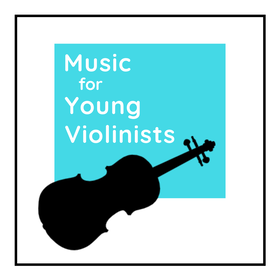
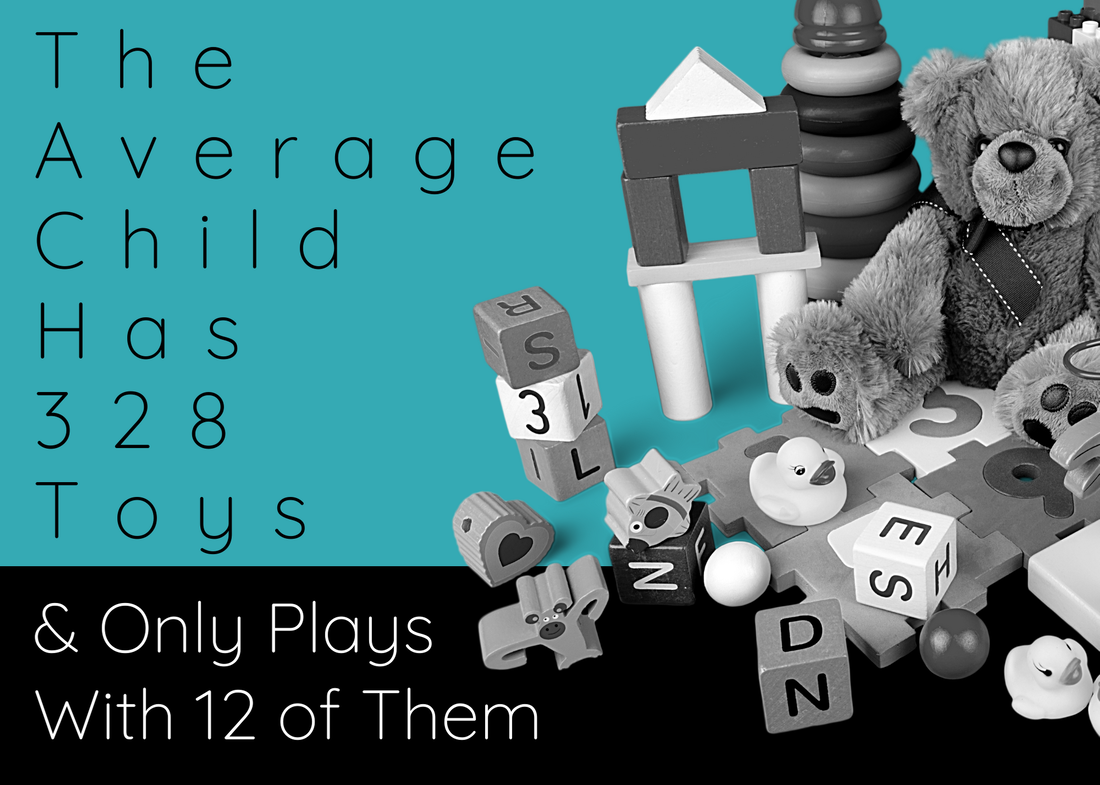
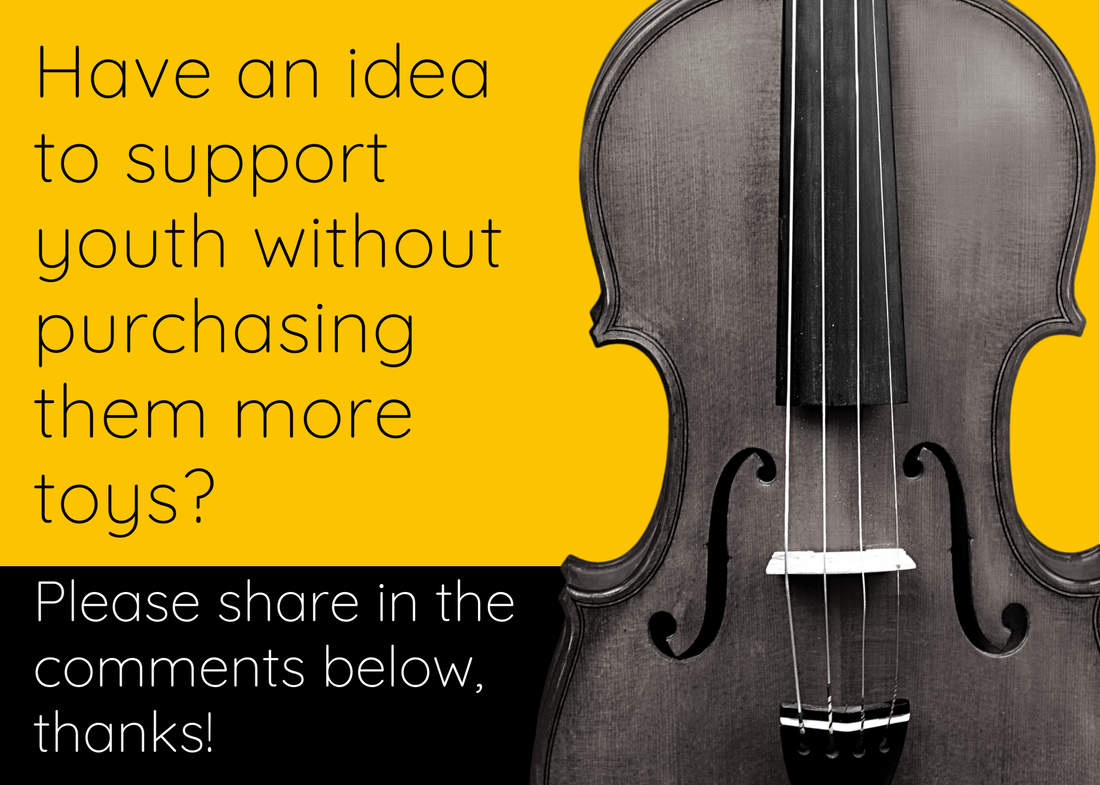
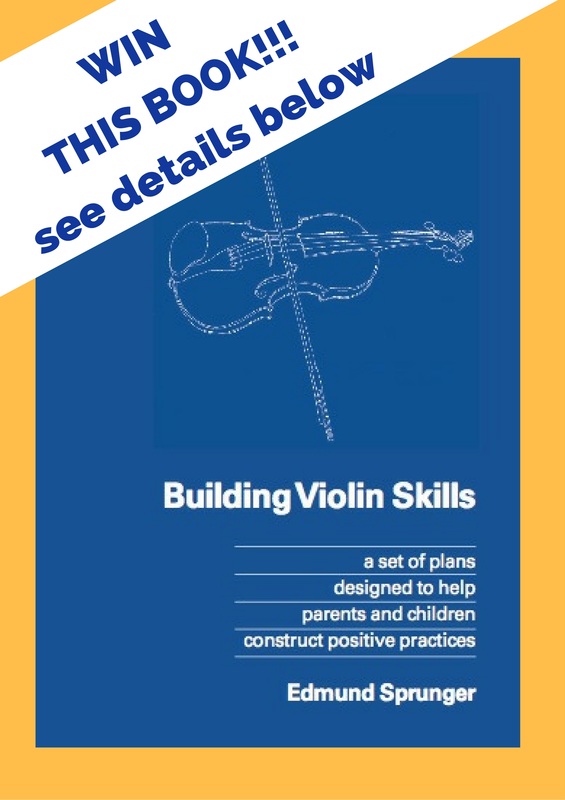
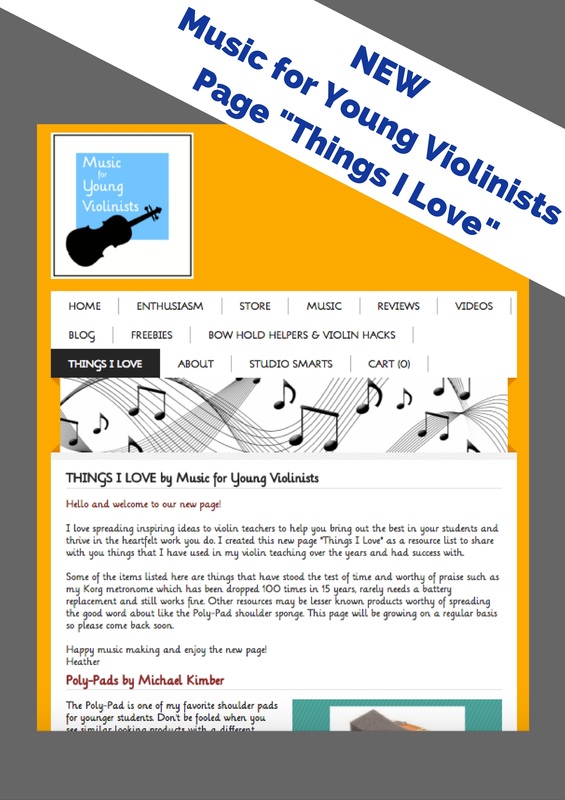

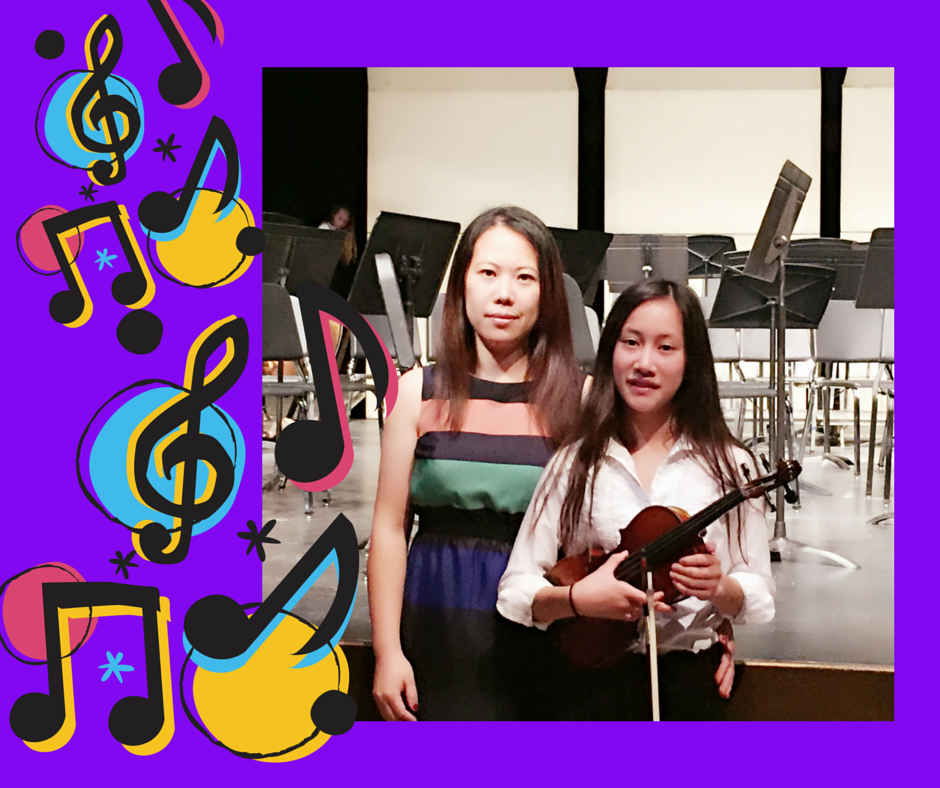
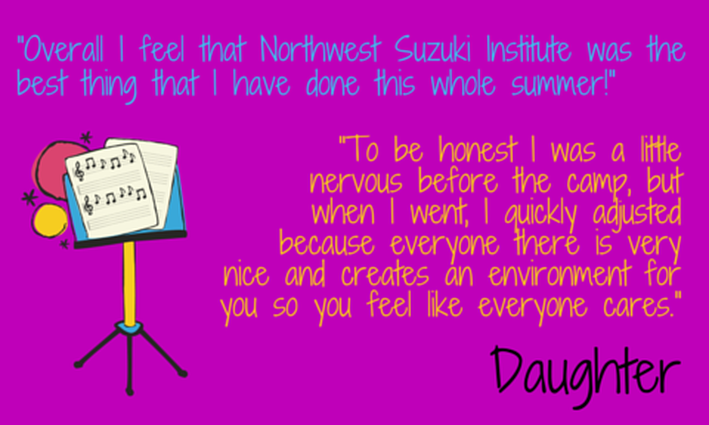
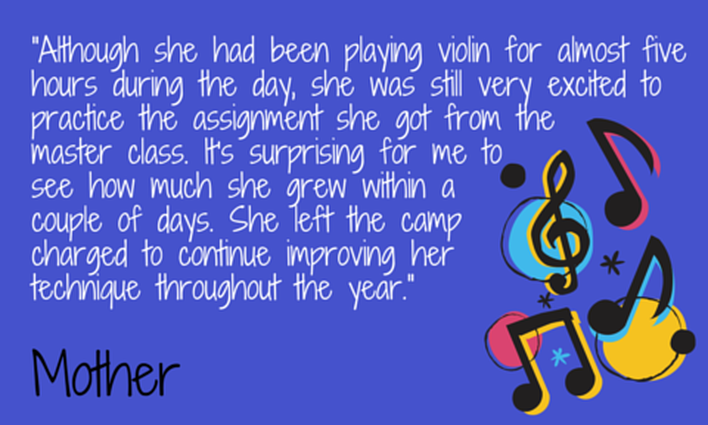
 RSS Feed
RSS Feed
